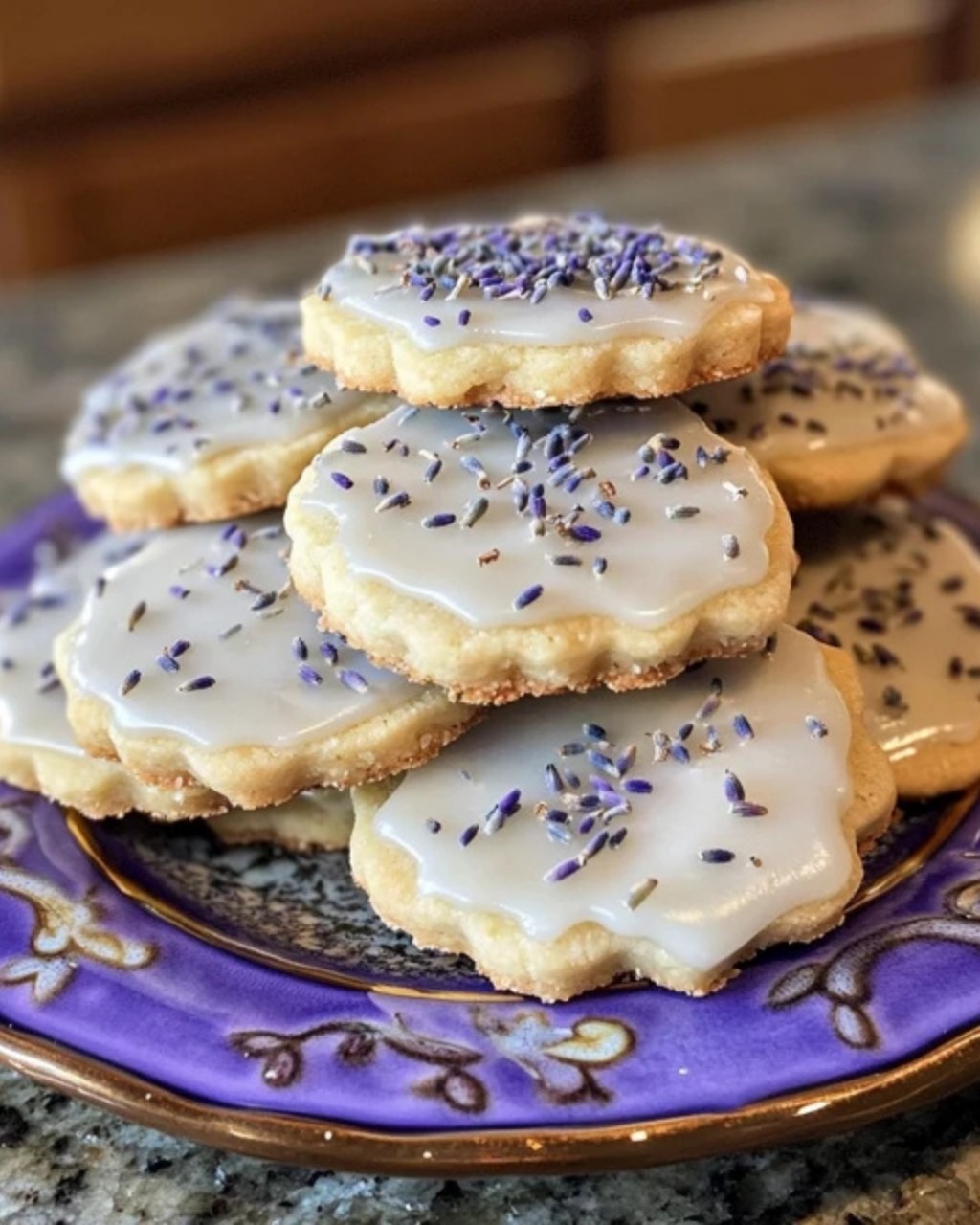ADVERTISEMENT
Sweet and Floral – Love This Combo or Prefer Classic Flavors?
When it comes to desserts and flavor pairings, we all have our personal preferences. Some of us crave the comforting, familiar taste of classic flavors—think rich chocolate, creamy vanilla, or tangy lemon. Others might enjoy stepping out of the ordinary and exploring unique combinations, like sweet and floral notes. If you’ve ever wondered about the appeal of floral-infused desserts or wondered whether a sweet and floral combo could be your next go-to treat, you’re not alone!
In this article, we’re going to dive into the world of sweet and floral flavor pairings—what they are, how they work, and why they might be your new favorite way to indulge. Whether you love the idea of delicate floral notes enhancing your dessert or prefer sticking to more traditional flavors, there’s something for everyone to explore in the world of desserts.
The Sweet and Floral Flavor Profile
The sweet and floral flavor profile combines the sugary richness we all know and love with the delicate, aromatic essence of flowers. Floral notes are often subtle, but they can add a layer of complexity that takes a dessert from ordinary to extraordinary. These floral flavors can be used in a variety of ways—whether through extracts, infusions, or even petals themselves—and they pair beautifully with everything from creamy ice cream to refreshing fruit tarts.
Floral ingredients often used in desserts include:
- Lavender: Sweet and aromatic with a hint of herbaceousness.
- Rose: Fragrant and delicate, often used in syrups, jams, or buttercream.
- Jasmine: Light and perfumed, commonly paired with fruits or teas.
- Elderflower: Sweet, slightly fruity, and often found in syrups and liqueurs.
- Chamomile: Light, herbaceous, and slightly honeyed in flavor.
- Hibiscus: Tart, floral, and vibrant, used in teas or fruit-based desserts.
When combined with sweet ingredients like honey, sugar, or chocolate, these floral notes can elevate the overall flavor of a dessert, adding an intriguing depth that delights the senses. The sweetness complements the aromatic, often slightly bitter floral tones, creating a perfectly balanced treat.
Why Sweet and Floral Works
At first glance, the pairing of sweet and floral might seem unusual or even a little too delicate, but the two actually work beautifully together. Here’s why:
Contrast with sweetness: Floral flavors are often not as overpowering as you might expect, and when combined with sweetness, they offer a refreshing contrast. The light, ethereal nature of flowers balances out the richness of sugar, making for a sophisticated flavor experience.
Intriguing complexity: Floral flavors can add depth and complexity to a dessert without overwhelming it. For example, a lavender honey cheesecake or rose-infused shortbread may seem simple, but the floral undertones elevate the flavor in unexpected ways.
Natural and refreshing: Floral ingredients tend to be lighter and more natural in flavor compared to artificial flavorings or overly rich ingredients. For anyone looking for a refreshing twist on traditional desserts, floral notes offer an elegant alternative.
Sensory experience: The combination of aroma and taste makes floral desserts especially engaging. The fragrance of the flower lingers as you eat, creating a sensory experience that is different from a classic dessert. Think about how jasmine tea feels: soothing, aromatic, and gently sweet. This is the same experience floral flavors can bring to your plate.
Classic Flavors vs. Sweet and Floral Pairings
While sweet and floral flavors can be fun to experiment with, classic flavors will always have their place in our hearts and on our tables. But which one should you choose? It really depends on your mood and your taste preferences. Let’s break down some key differences between the two:
Read more on next page
ADVERTISEMENT
